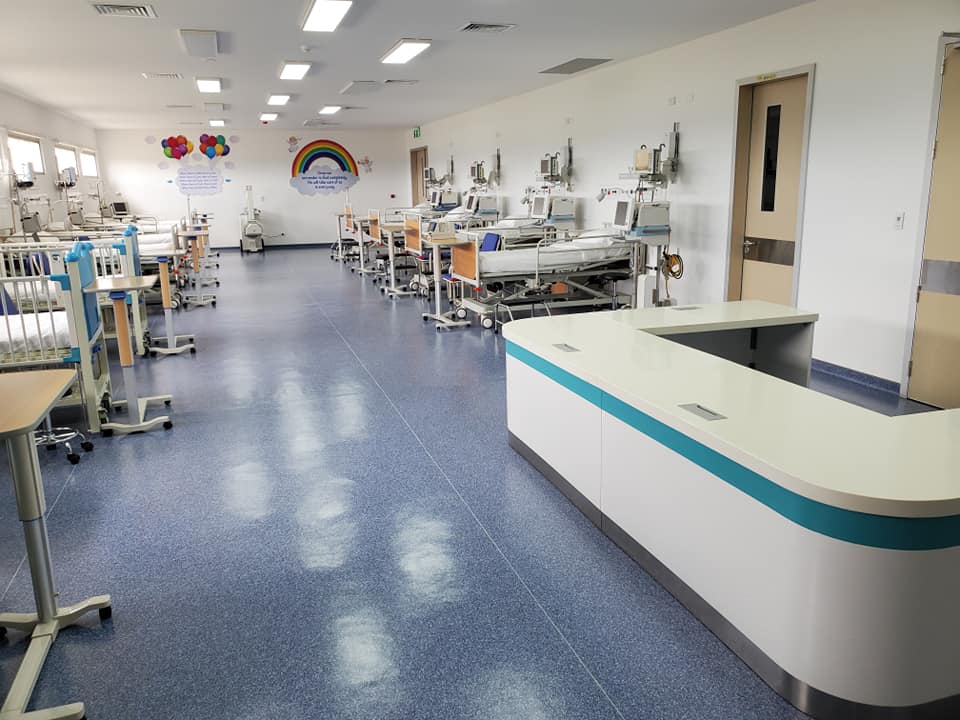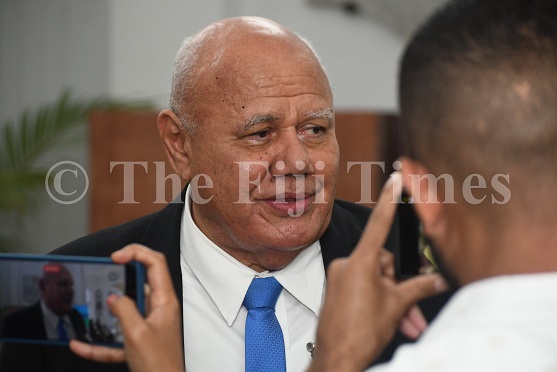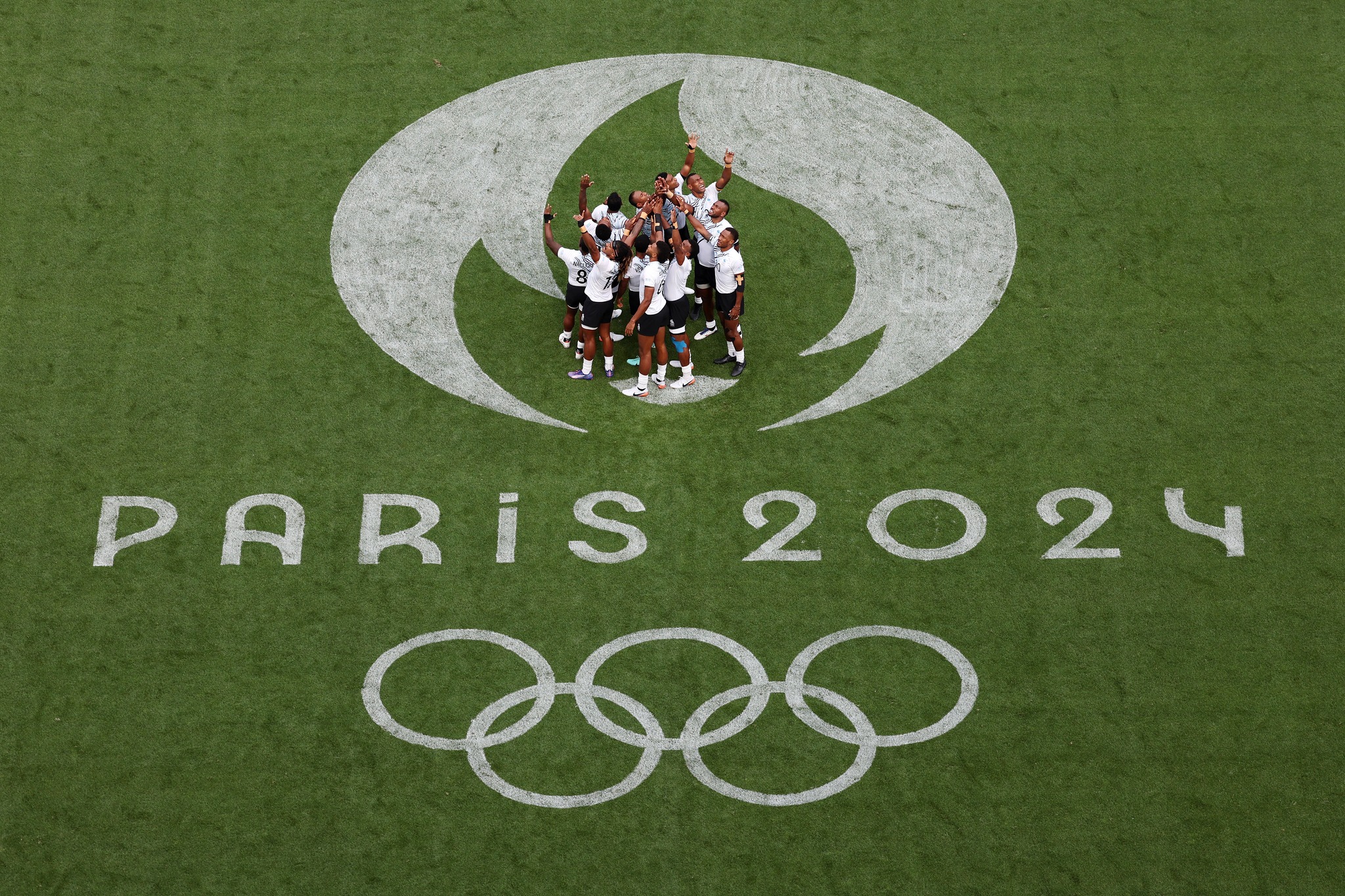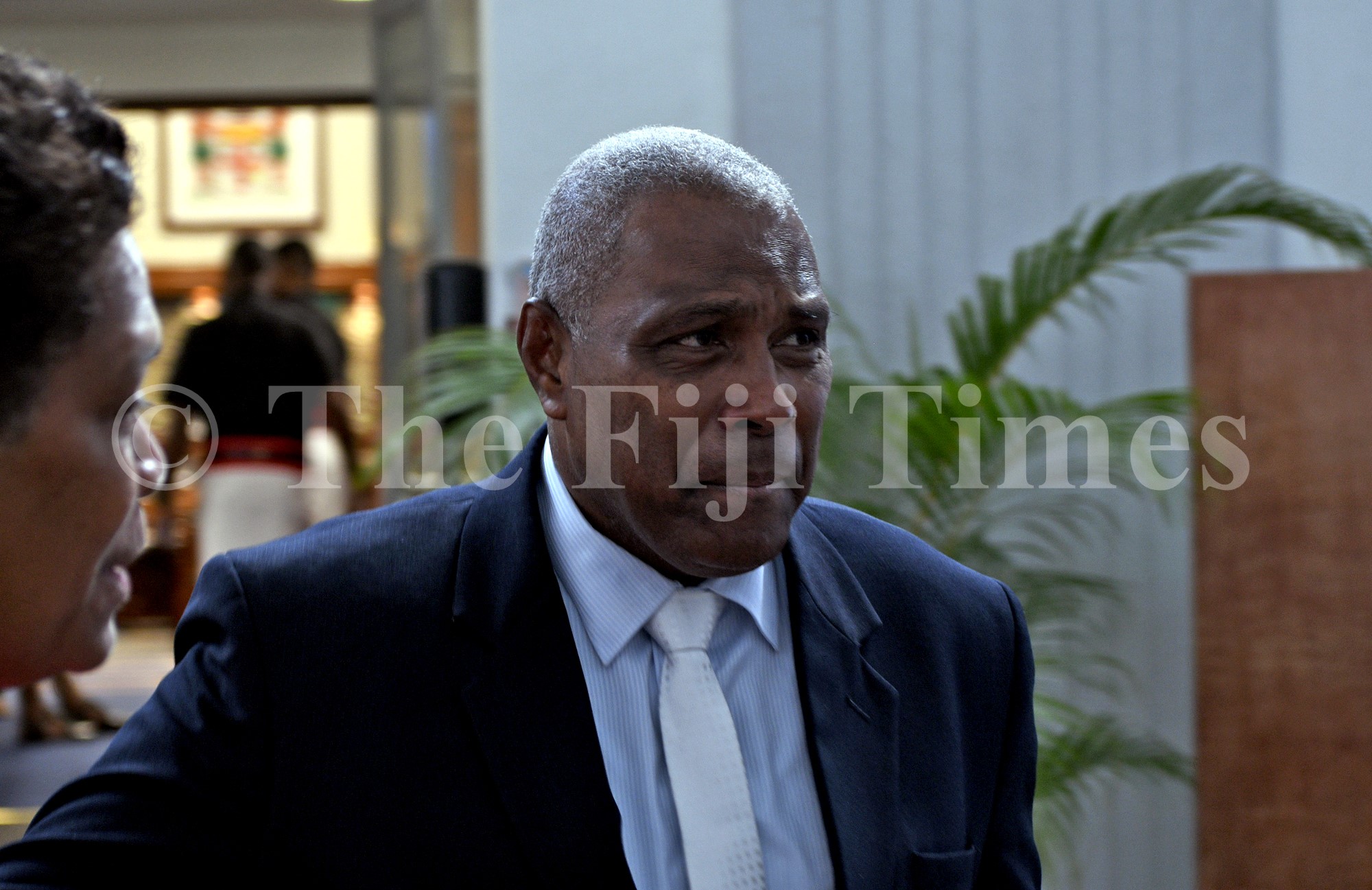Imagine being in a situation where your child has a cardiac lesion requiring surgery and you do not have access to the life-saving treatment.
You resign to the fact that your child will lose the battle and all you can do is spend every living moment with them.
Unfortunately, this is a sad reality for many children in Fiji and the South Pacific where there is very limited treatment available locally for children with congenital heart disease.
The plight of these parents is unimaginable. The only succor are the few overseas visiting teams that come and operate on children.
I have been privileged to be involved with organising visiting pediatric cardiac teams since 2016 and in fact when I returned to Fiji in February 2016, this was one of the first roles I was given when I became involved with the NGO Sai Prema Foundation Fiji.
Many of you may not be aware that congenital heart defects are the number one birth defects worldwide.
Congenital heart disease, or a congenital heart defect, is a heart abnormality present at birth. The problem can affect the heart walls, the heart valves and the blood vessels.
There are over 200 types of congenital heart defects with the common lesions being a Ventricular Septal Defect, an Atrial Septal Defect, Tetralogy of Fallot, Single ventricle defects, Pulmonary valve stenosis and Patent Ductus Arteriosus.
These defects can range from simple conditions that do not cause symptoms to complex problems that cause severe, life-threatening symptoms requiring urgent surgery for survival.
About 1 per cent of all children are born with congenital heart disease and in Fiji this equates to about 200 children being born with congenital heart disease every year and in the South Pacific about 2500 children.
Congenital heart disease ranks first among mortality causes by birth defects in children under five-years-old. In 2016, The World Health Organization informed that 9,274,915 children died due to heart anomalies.
Congenital heart defects (CHD) can have genetic causes, but can also result after exposure to several risk factors. Congenital heart disease appears to run in families and is associated with many genetic syndromes such as Down’s syndrome.
If a pregnant woman gets infected with rubella, this can have an impact on how the baby’s heart forms.
Having type 1 or type 2 diabetes during pregnancy may affect a baby’s heart development.
In Fiji and the Pacific, there are high rates of Type 2 diabetes in the population, and this could contribute to the large incidence of congenital heart disease in the Pacific Islands.
Certain medications such as lithium used in bipolar disorders and isotretinoin used in acne can cause congenital heart disease. Drinking alcohol while pregnant and smoking cigarettes also increases the risk.
It is interesting to note that a baby’s risk of having a congenital heart defect is increased by three times if the mother, father or sibling has a defect.
Some of the symptoms of congenital heart disease include rapid breathing, rapid heartbeat, swelling of the legs, tummy or around the eye, extreme fatigue, a blue tinge to the lips or skin (cyanosis), and sweating and rapid breathing when a baby is feeding.
Some congenital heart defects cause no signs or symptoms in childhood, however as adults, symptoms could include abnormal heart rhythms, shortness of breath on exertion, swelling of body tissues.
I would urge all parents and healthcare providers to be vigilant about the possible symptoms and poor weight gain or failure to thrive can also be as a result of CHD.
A very important part of the clinical assessment is auscultating the chest with a stethoscope to see if a cardiac murmur is presenting and referring the child for an echocardiogram which is the scan of the heart.
About 1/3 of children with CHD have a critical lesion requiring surgery in the first year of life and without this, they will not survive.
The beauty of these defects is that with most lesions, a surgical procedure or a cardiac catheter intervention will give the child a new lease of life.
With some complex lesions, multiple surgeries will be required in a staged manner.
The Gift of Life is a successful project by Sai Prema Foundation Fiji, and it took birth in 2016 when the foundation realised the plight of many parents and children with congenital heart disease who could not afford expensive treatment overseas.
It was an attempt to provide ongoing free heart surgeries to the underprivileged and needy children of Fiji to alleviate suffering of these innocent children who by no fault of theirs had this condition.
Currently there are no pediatric cardiac services available anywhere in Fiji and the Pacific and overseas treatment is unaffordable for most families.
The Foundation identified this area of great need and has embarked on a mission to save the lives of hundreds and thousands of children in Fiji and the Pacific, who without intervention, do not survive.
Thus far, the Foundation has undertaken free heart surgeries with the help of an international medical team from US, Australia, India and Oman representing the Sri Sathya Sai Sanjeevani Hospitals India.
The average cost of overseas treatment for families in Fiji and the Pacific is about $100,000. Through this project, 73 children have received successful life-saving heart surgeries saving their families in excess of $7 million.
Seeing the difference that the Gift of Life Project made to the lives of children, Sai Prema Foundation was inspired to open the first Children’s Heart screening Centre in April 2019, providing free heart screenings for all children with the latest echocardiogram machine.
Through this screening Centre, hundreds of children have been identified and will continue to have free heart surgery giving them a new gift of life.
Going a step further, the foundation has embarked upon the largest project by a non-governmental organidation (NGO) in Fiji, the establishment of the Sri Sathya Sai Sanjeevani Children’s Heart Hospital.
This beacon of hope and light will provide free heart surgeries for children in Fiji and the South Pacific. The hospital will be inaugurated in April 2022 and surgeries will be performed for children with congenital heart disease free of cost.
Through this hospital, the Sai Prema Foundation is working to achieve the UN Sustainable Development Goal #3 (Good Health and Well-being).
As a Medical professional I am humbled to have the opportunity to make a difference in the lives of our Fijian Children by volunteering my time and skills.
This is the reason I returned to Fiji after spending many years in Australia working in various hospitals and completing my fellowship in General Practice.
I believe that now my life has a real purpose and meaning and I thank Sai Prema Foundation Fiji for having the confidence in me to lead this hospital.
- DR KRUPALI TAPPOO is the director of the Sri Sathya Sai Sanjeevani Children’s Hospital; A specialist general practitioner at TappooCity Medical Centre; A Fellow of the Royal Australian College of General Practitioners; An Assistant Professor in Family Medicine at the Fiji National University. The views expressed are the author’s and do not necessarily reflect the views of this newspaper.






